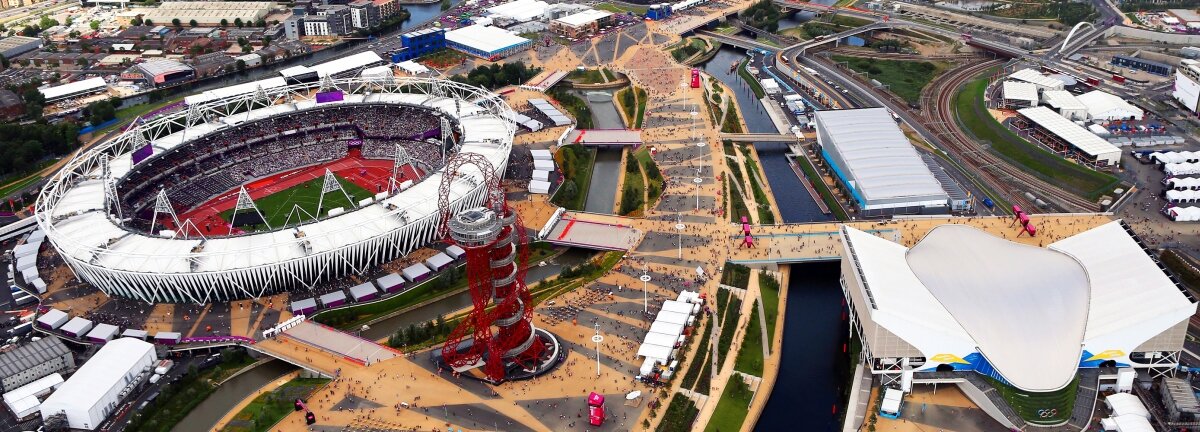Can improved education help create inclusive environments?

The key to designing an environment that everyone can use equally is to change the way we teach and learn about inclusive design.
Most built environment professionals have a basic understanding of equality and access legislation, regulations and technical standards. Yet how many truly understand how disabled and older people use and experience a building or place? How many of us know how to deliver a truly accessible and inclusive environment?
The Olympic Park demonstrated what can be done when inclusive design principles are core to a project from the beginning.
Despite some good practice, it is common for most architecture and engineering students to spend very little time studying inclusive design. In some courses it is optional, in others non-existent, and where it is taught the time taken to teach it is often limited.
Imagine the impact on the environment if all built environment professionals were equipped from the outset of their education with:
- A thorough knowledge of best practice technical access standards and relevant legislation
- The skills and ability to apply the principles of inclusive design to their projects
- An understanding of how disabled and older people and families with small children experience and use all aspects of the built environment.
As the Greater London Authority's Paralympic Adviser in 2012, I experienced first-hand how inspiring the games were in their inclusivity. The Olympic Park demonstrated what can be done when inclusive design principles are core to a project from the beginning.
For example, 1 in 21 is often considered a reasonable gradient but is still a challenge for many disabled and older people to use easily. In the Olympic Park 1:60 was achieved across the vast majority of the park - a key aspect to its success. That kind of engineering requires the understanding and commitment to inclusive design of everyone involved right from the beginning. The gradient, along with other aspects of the inclusive landscape such as the width and materials used on the paths, the number and variety of seats along the route, the clear signs, the Games Mobility Service and the amazingly popular and helpful volunteers, made movement around the entire site a smooth process for everyone – whether you were a wheelchair user, pushing a pram, or just part of the crowd. It added to the ease and appreciation of the site from all who visited.
Education is the catalyst for change – it can help to challenge perceptions and attitudes and deliver behaviour change.
It’s not just the design of the park and the venues that helped make the Games the most accessible ever. The skills and knowledge to deliver inclusion carried on throughout the whole process, right into the hands of the facilities managers who looked after the spaces. The holistic approach by all involved in the design, construction and management of the Games venues and park environs resulted in a ground-breaking Olympic and Paralympic experience that was accessible from home to venue for every visitor. And this high standard of inclusion is being maintained in the developments in and around the new Queen Elizabeth Olympic Park - rapidly becoming one of the most accessible new parks in the UK.
The inclusive design process used by London 2012 is not, however, the norm. This is what the Built Environment Professional Education project (BEPE), part of the Olympic and Paralympic Legacy Programme, wants to change - to make inclusive design business as usual for all development projects. Education is the catalyst for change, it can help to challenge perceptions and attitudes and deliver behaviour change. It can build confidence and deliver excellence.
Most of the key professional institutions are supporting the BEPE project and are considering how to make core skills in inclusive design mandatory parts of their members' education and training and in their assessment of professional competence. More and improved learning will help to give all of us the skills to tackle issues of inclusion without fear of getting it wrong or being hit by an Equality Act challenge. It will give us the knowledge to recognise poor access and the skills to deliver excellent inclusion, as well as the confidence to challenge clients who want to cut corners. It will give us the tools to challenge discrimination.
The Paralympic Games helped to change the perception of disability. A truly lasting legacy will be if we succeed in improving our understanding of disability, if we recognise the diversity of impairment and the variety of human needs, and the impact this has on how we perceive, use and experience space. If we understand this, we will design, build and manage better buildings, places and spaces.
Good quality inclusive design education will lead to good design, better buildings and ultimately an environment that excludes no one.
Subscribe to our newsletter
Want to keep up with the latest from the Design Council?
